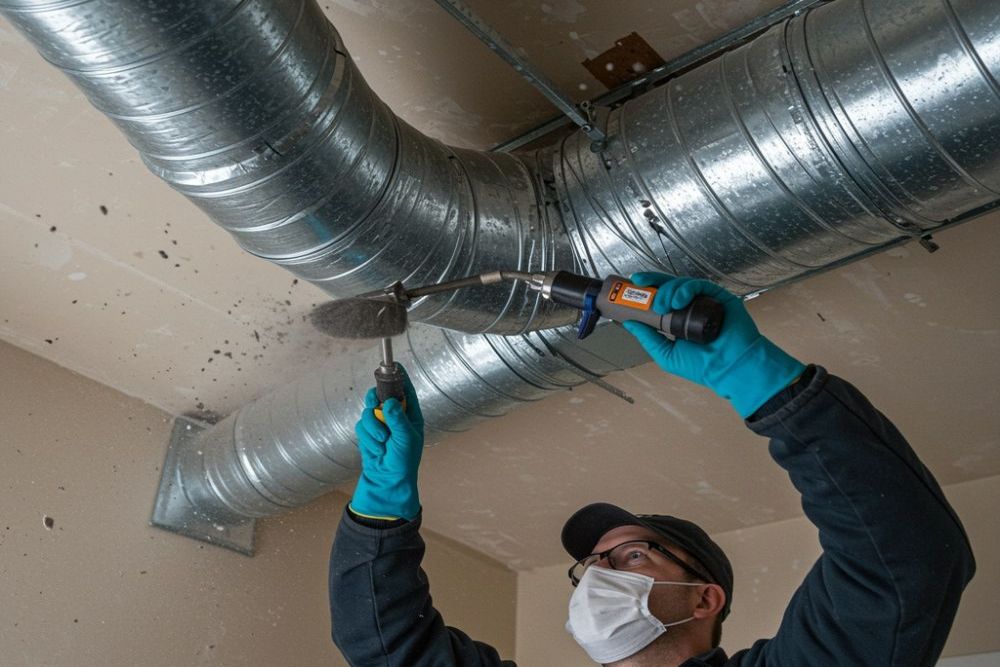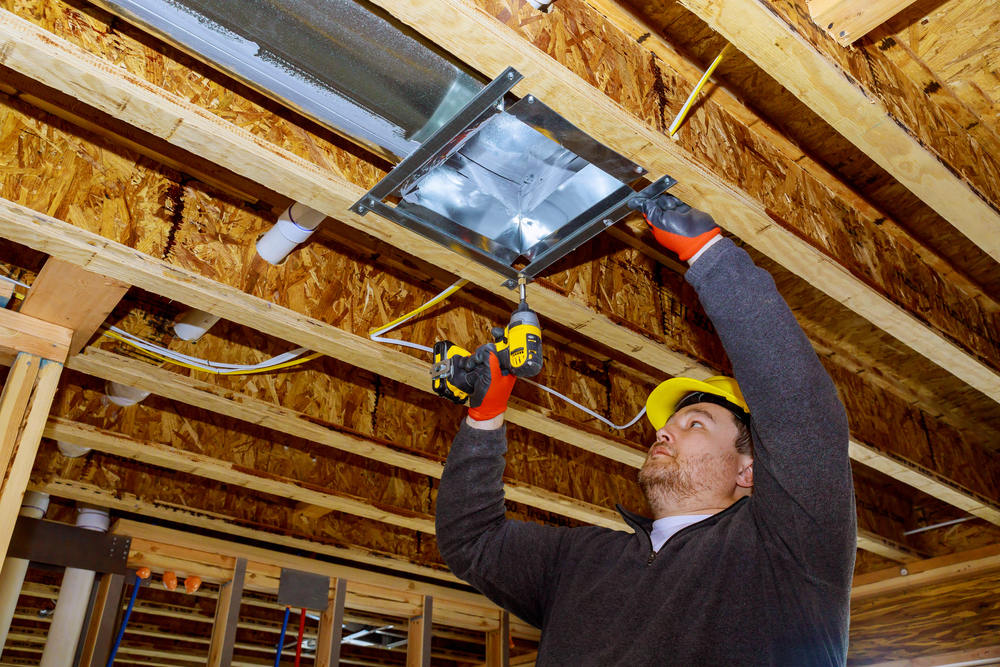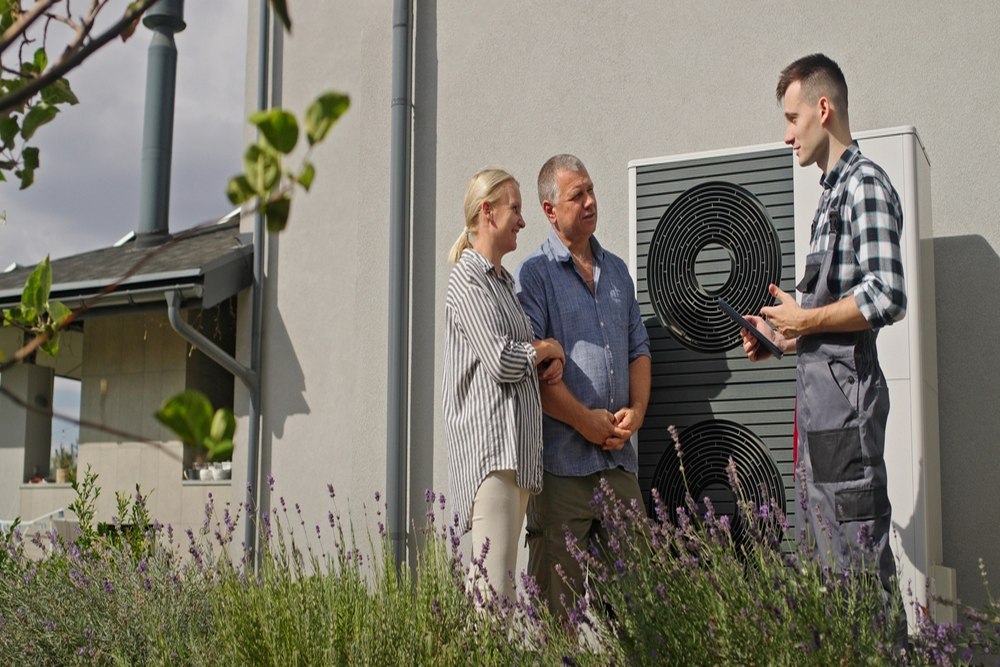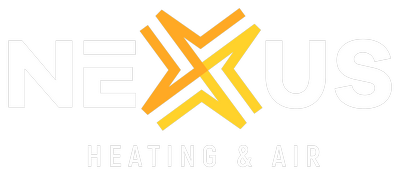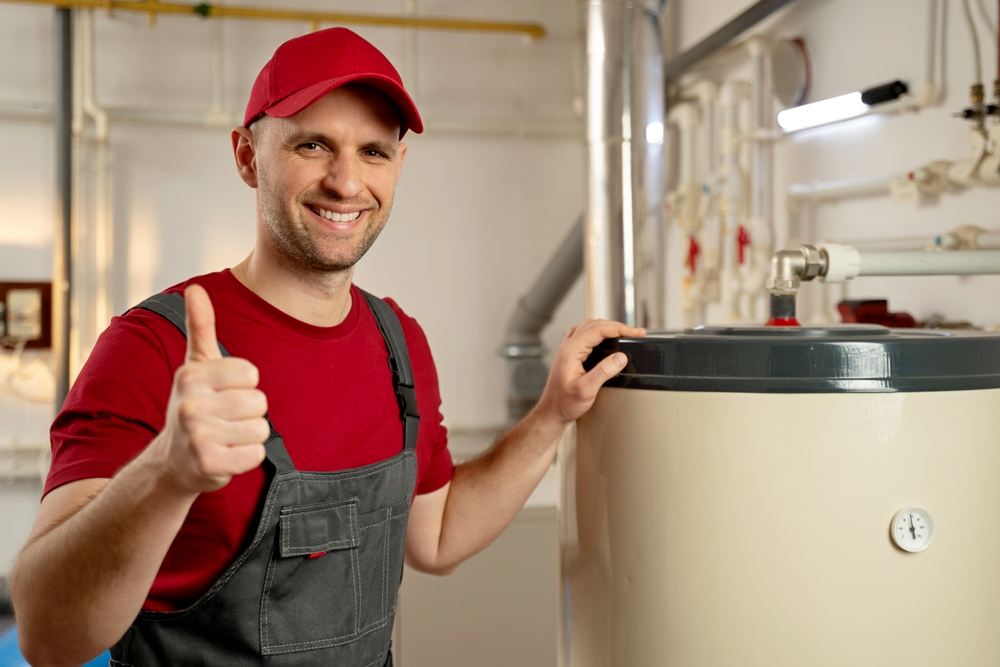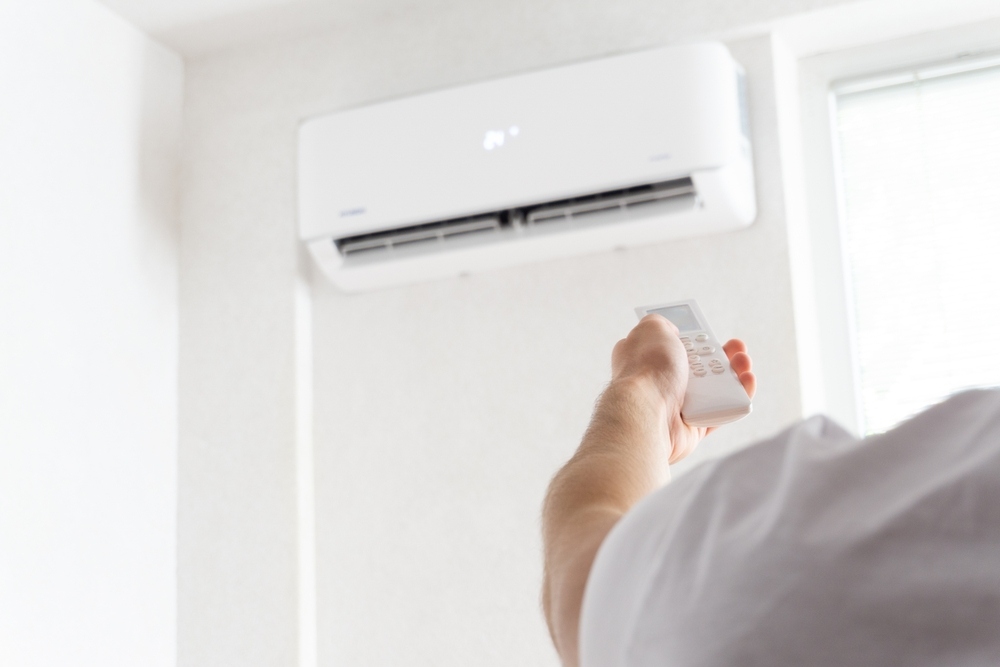
Understanding SEER2 and Why It Matters
When you’re thinking about replacing your air conditioning system, you’re not just buying a new unit — you’re investing in long-term efficiency and comfort. One key term you’ll come across is SEER2. This stands for Seasonal Energy Efficiency Ratio 2, the updated version of the older SEER standard. It measures how efficiently your AC system converts electricity into cooling over an entire season. A higher SEER2 rating means the unit requires less energy to do the same amount of work. This rating provides a clearer picture of how well your system will perform under real-world conditions, particularly after changes in testing requirements introduced by the Department of Energy.
What Changed With SEER2?
You might wonder why SEER2 replaced the original SEER system. The difference comes down to how the system is tested. SEER2 utilizes new testing protocols that more accurately reflect the actual conditions in your home, including static pressure and ductwork resistance. This change ensures the rating you see more accurately represents what you’ll experience. As a homeowner, this means you’re getting a more reliable idea of how much energy your AC will use — and how much money you could save over time. If your current system has a SEER rating from before 2023, it’s likely less efficient than newer SEER2-rated models.
How SEER2 Affects Your Energy Bills
One of the most significant benefits of paying attention to SEER2 ratings is the potential to reduce your utility bills. A more efficient AC system doesn’t need to work as hard to keep your home cool, which lowers your monthly energy use. Even moving up a few points on the SEER2 scale can have a noticeable impact on your long-term savings. Think of it this way: a system with a SEER2 rating of 16 will use significantly less energy than one with a rating of 13. Over the years, that difference can add up — especially during peak summer months when your AC is running more often.
Why It’s Worth Upgrading Your Old System
If your current AC system is more than 10 years old, it’s running at a lower efficiency than today’s SEER2-rated models. Even if it’s still working, it’s likely costing you more to operate than a new system would. Replacing it with a higher SEER2-rated unit not only improves your energy efficiency but also enhances comfort and reduces your carbon footprint. Newer systems are designed with improved components, advanced controls, and more efficient operation. By upgrading now, you avoid surprise breakdowns and get ahead of rising energy costs.
Choosing the Right SEER2 Rating for Your Home
Selecting the right SEER2 rating depends on your climate, home size, and cooling needs. If you live in a hotter area or your system runs frequently, investing in a higher SEER rating can be well worth the cost. On the other hand, if your cooling needs are moderate, a mid-range SEER2 unit may offer the best balance between price and savings. Whatever your situation, it’s essential to work with a trusted HVAC professional who can help you evaluate your options and choose the right system for your home.
Take the First Step Toward Better Efficiency
Don’t wait until your AC breaks down or your energy bills spike. Schedule an inspection with Nexus Heating & Air today. Our team is ready to help you improve your comfort, efficiency, and indoor air quality. Call us at (818) 822-5851 to schedule your consultation and discover how an upgraded SEER2-rated system can enhance your home’s comfort.
Reach out to us today
Related articles
If you've noticed musty, burning, or chemical smells when your HVAC system kicks on, it's often a warning sign that your ductwork may need attention.
When you stay on top of routine HVAC maintenance, you significantly increase your furnace's lifespan.
If you live in Southern California, you're already in one of the best climates to benefit from a heat pump system.

